- Bikes
-
Parts
- SUPERIOR PARTS
- OIL SLICK
- Pegs
- Frames
- Forks
- Handlebars
- Stems
- Headsets & more
- Rotor systems
- Brakes & more
- Tires & more
- Wheels & more
- Rims
- Hubs & more
- Drivetrains & more
- Cranks & more
- Grips & more
- Saddles & more
- Fixie Wheelsets
- Helmets / Protection
- T-shirts / Hoodies
- Tools
- Accessories
- MTB parts
- Vouchers
- About Us
- Work Shop
- News
- KHE MAC Team
What size should my BMX chainring?
- BMX chainrings come in a variety of tooth counts, typically from 25 teeth to 36 teeth or more. The tooth count indicates how many teeth the chainring has.
- If you ride primarily on the road or compete in BMX races, you may prefer larger chainrings with more teeth (e.g., 28 to 36 teeth). These offer a higher gear ratio and allow higher speeds on straight tracks.
- For park and street riders who frequently perform stunts, tricks and jumps, smaller chainrings with fewer teeth (e.g. 25 to 28 teeth) are often better suited. Smaller chainrings make acceleration easier and provide more control during tricks.
- Ultimately, chainring choice depends on your personal preferences and riding style. Some riders prefer a medium size (30 to 32 teeth), which offers a balanced combination of speed and control.
- Think about the terrain you're riding on. If you're riding on hilly terrain, a larger chainring may be helpful to better handle climbs.
- It's often helpful to try different chainring sizes to see which one best suits your riding style. You can easily swap out the chainring to adjust the gearing.

Google Reviews
134 Reviews

22/09/2023
My son is thrilled with the design of his BMX bike. After I had trouble assembling it (especially the brakes), I contacted KHEbikes. Absolutely fantastic, friendly, and fast service, which solved the problem! I'm truly thrilled and can only recommend KHEbikes! 5 stars ⭐️⭐️⭐️⭐️⭐️

09/01/2025
My previous review was worse. The reason for this is that I've encountered a lot of poor providers in the past, and so I simply share my negative experiences. I was contacted immediately after my first review, which I personally thought was really great. It immediately showed that the customer is their top priority. A big thumbs up for that.

29/12/2024
Great service, fast delivery, no problem exchanging. Top company!

04/09/2024
Great bikes at fair prices and great customer service!

03/08/2024
Very pleasant contact, I'm very impressed with the staff. The purchase process is easy, and the description is accurate. The order arrived very quickly, but unfortunately, there was some shipping damage, but it was replaced without any major problems.

16/02/2024
Very friendly and excellent support. @KHEbikes - thank you very much

21/12/2023
Thanks to excellent advice over the phone, we were able to order the right spare parts for our son's BMX bike. They assured us of prompt shipping, so he was able to happily use his bike again the following week. Many thanks to Mr. Stubenrauch for the great advice!

20/08/2021
Over the years, we've had nothing but positive experiences with their products and service! Unfortunately, no race bikes or parts, which would make the product range perfect. Highly recommended!

07/12/2023
Very friendly contact, excellent advice. Even a question about the assembly of the BMX bike I purchased was answered the same day (Sunday!). That's how you retain customers long-term. I certainly won't have ordered the last bike from you. 😊 Thank you very much.

28/11/2023
Beautiful, robust bikes and absolutely top-notch customer service. Very helpful both by phone and email, and there's a solution for every issue! It's great to still have such great and positive shopping experiences every now and then. Thank you, dear KHEbikes team!

03/01/2025

21/09/2023
Very quick, uncomplicated help. My contact, Mr. Göring, was very nice.

21/09/2023
Fast, competent, and friendly. Best service

16/09/2023
the attention is good even if you have a problem they support you so that everything goes well

18/04/2023
Despite the remote diagnosis, we received excellent advice. After a few emails and photos back and forth, the problem with the bike was identified, and we were able to fix it ourselves. Our son is incredibly happy to be able to ride a BMX again. Now that's what I call customer service! Very friendly, dedicated, and competent!

06/04/2023
Top customer service, super clear homepage :)

27/01/2023
Top-notch advice! Always happy to come back!

13/01/2023
Super fast delivery, great customer service, and very satisfied with the BMX. Thank you very much!

03/01/2023


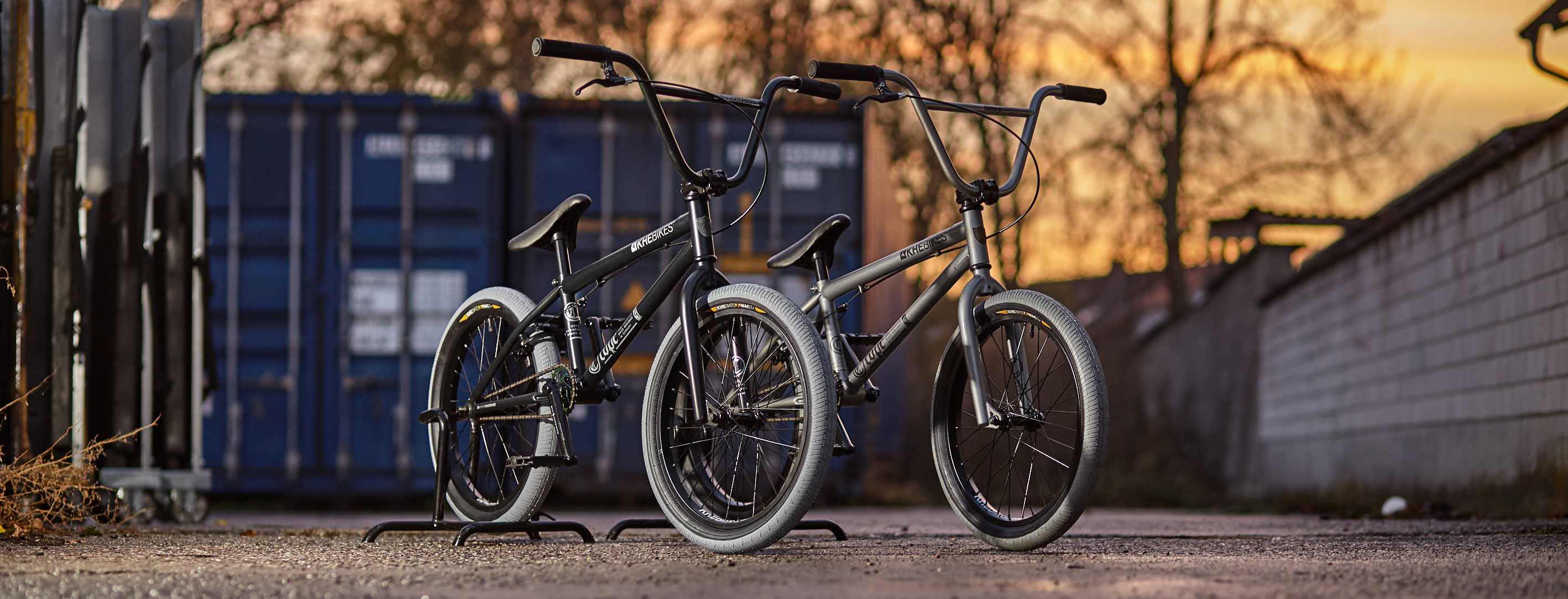
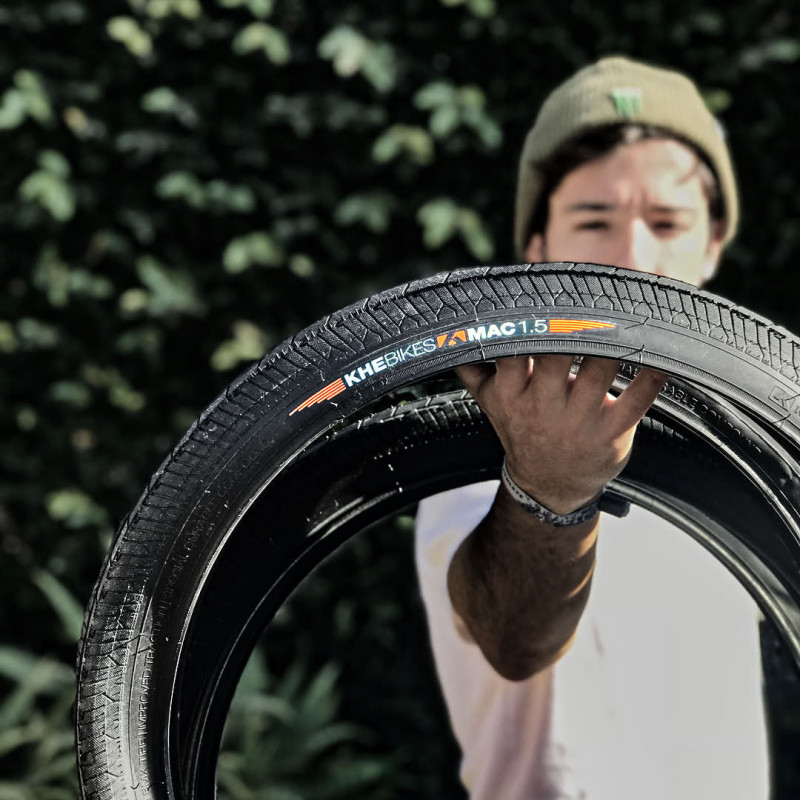



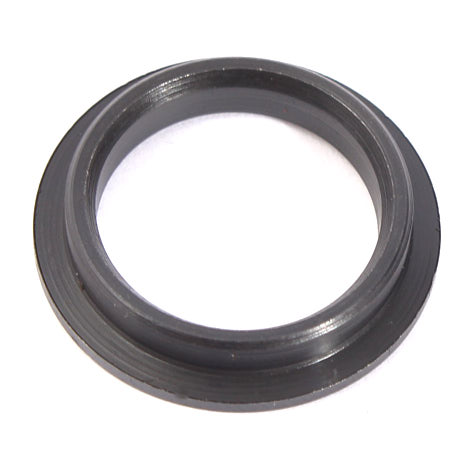

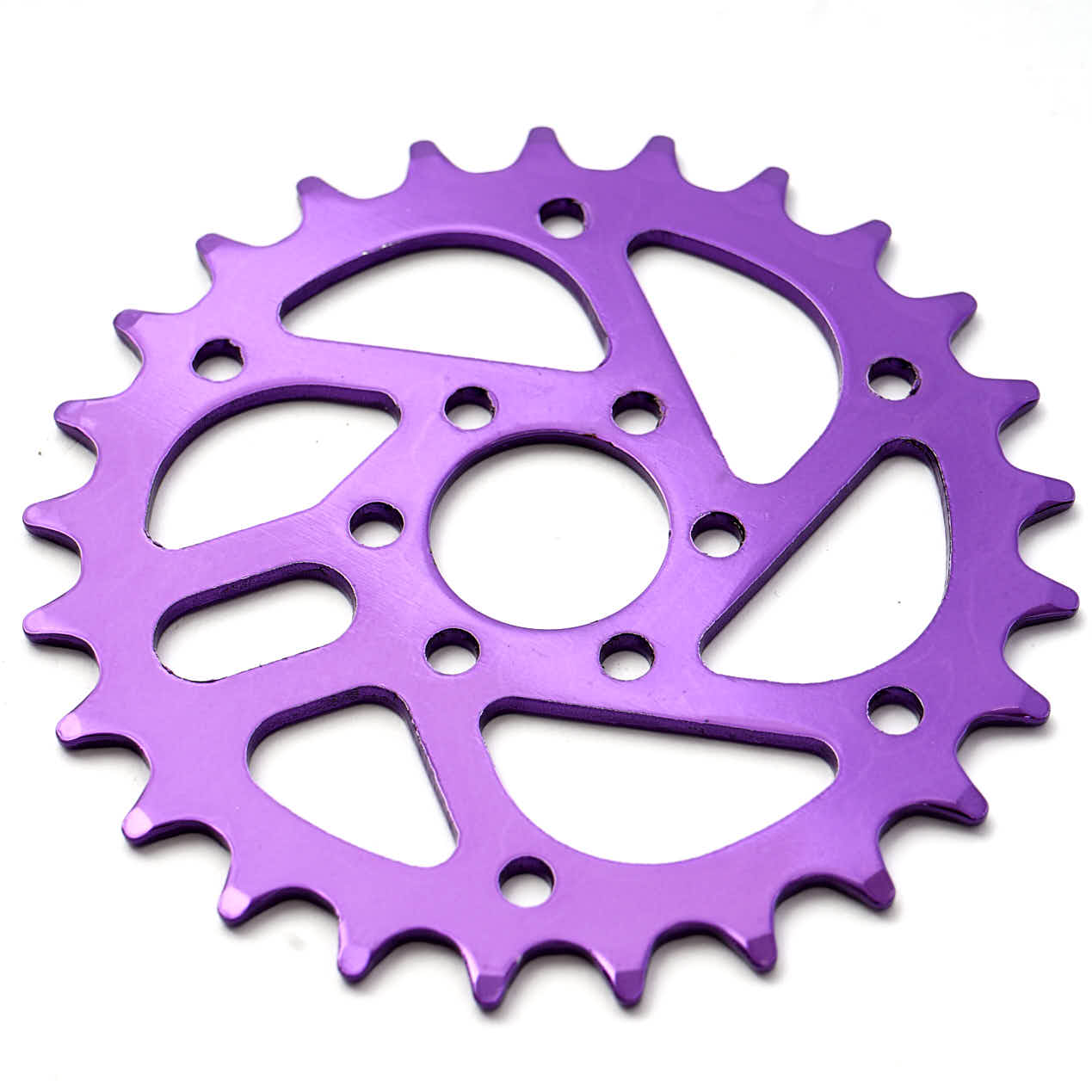
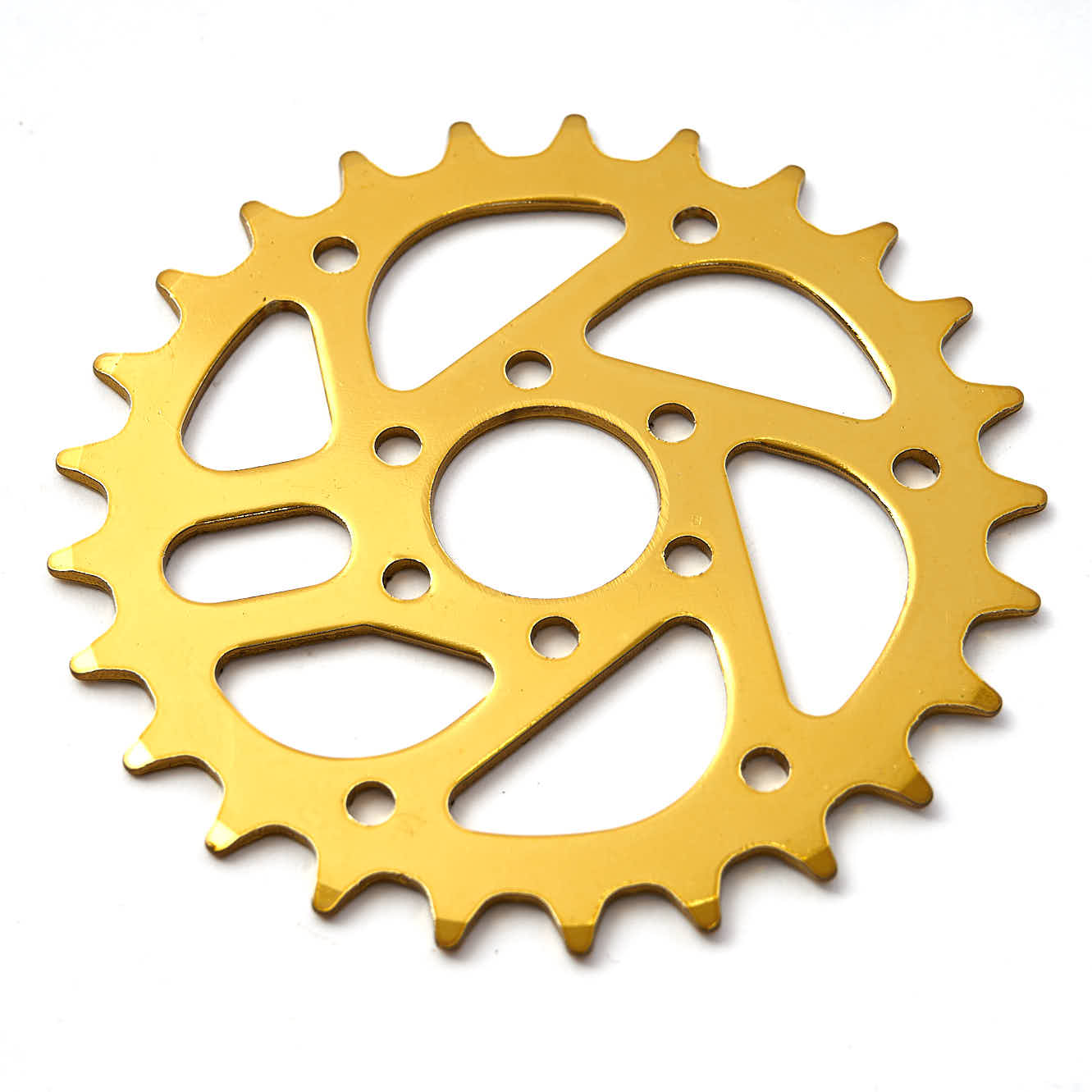
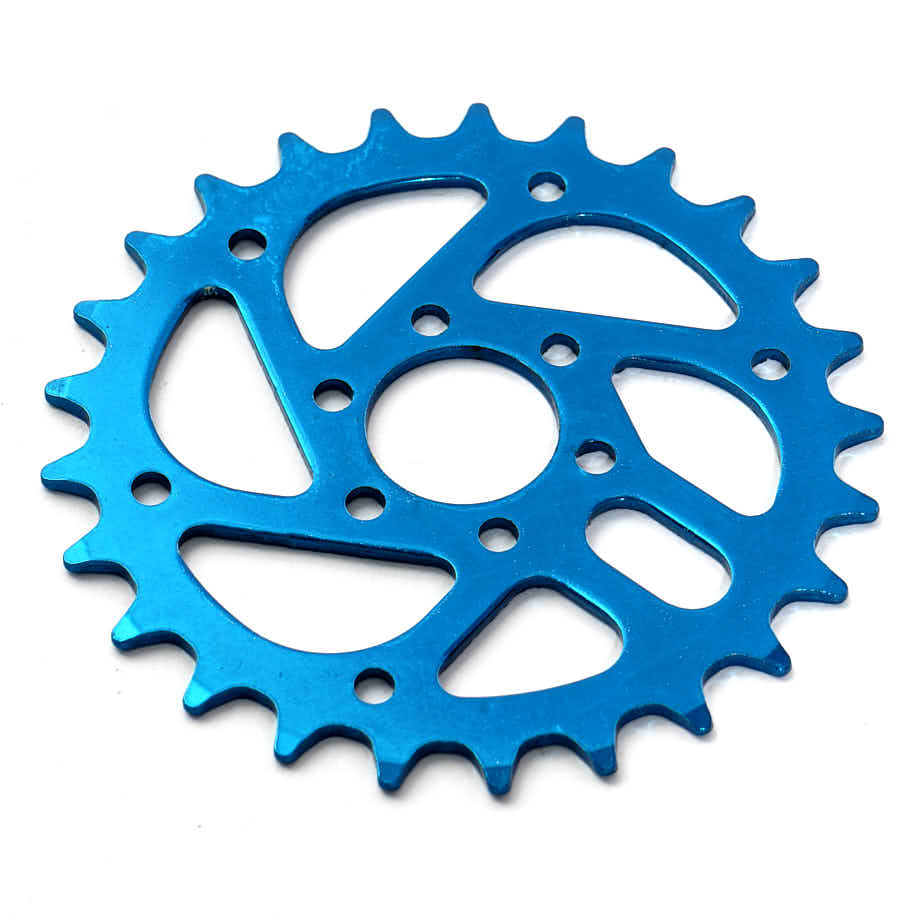
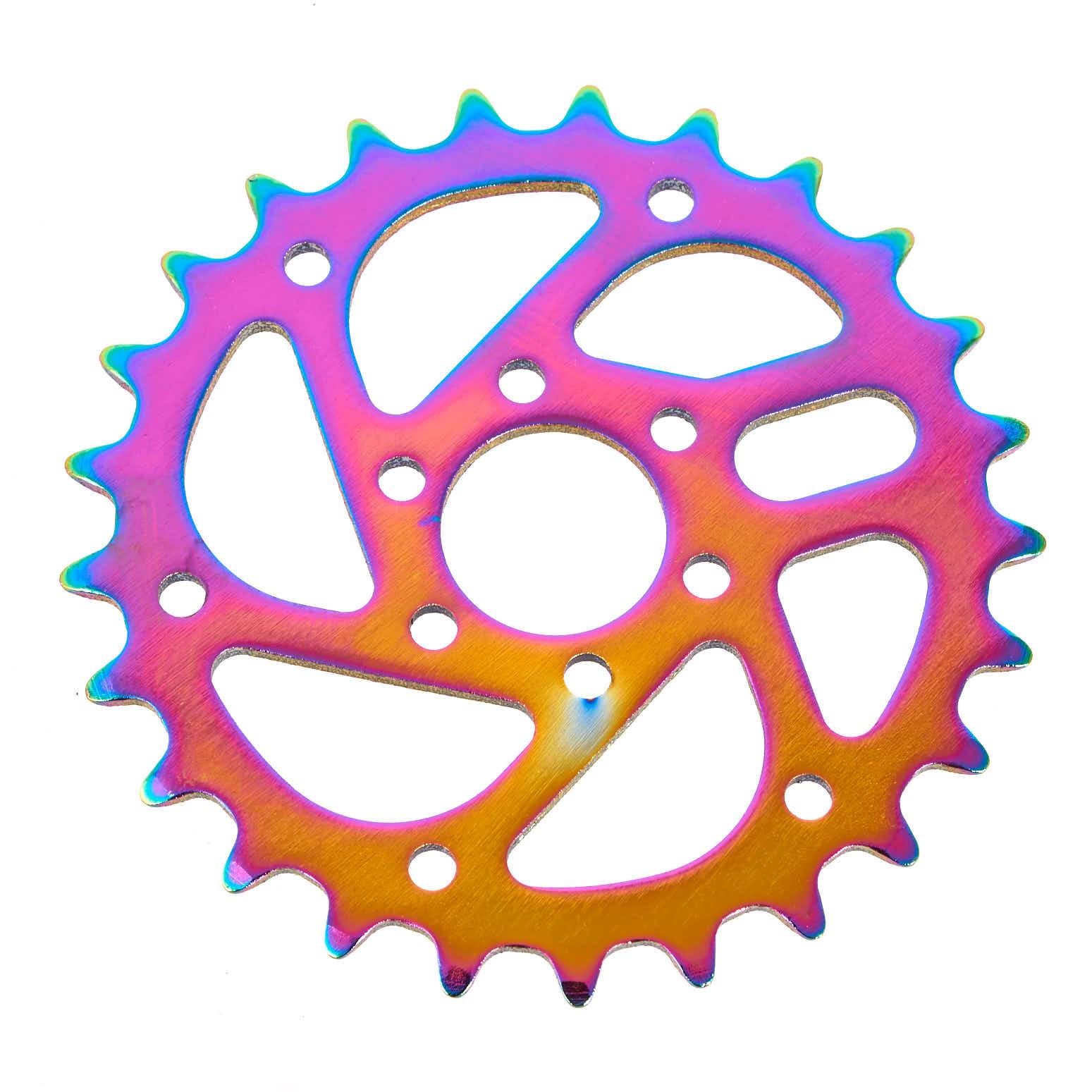

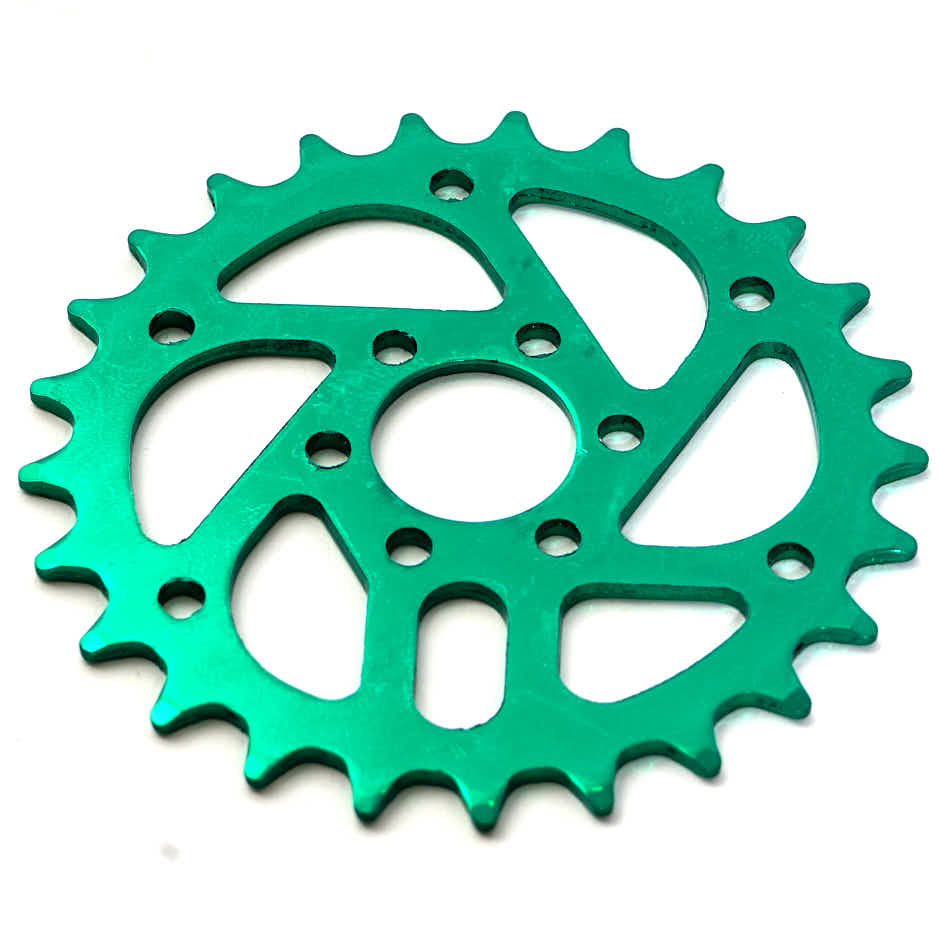
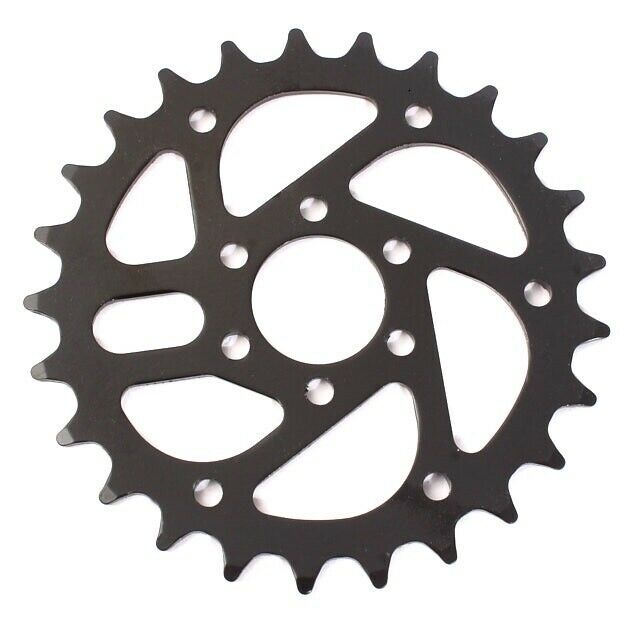
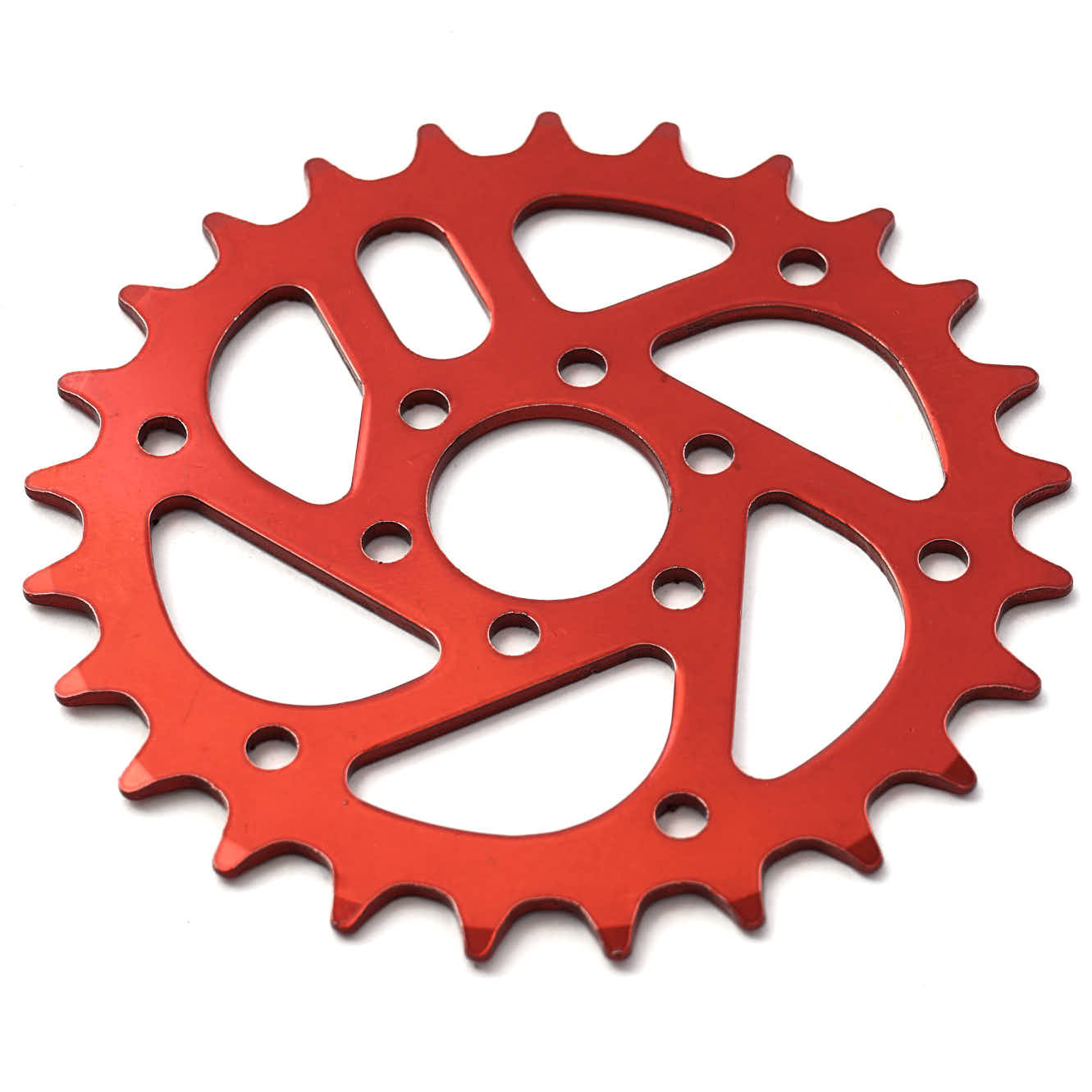
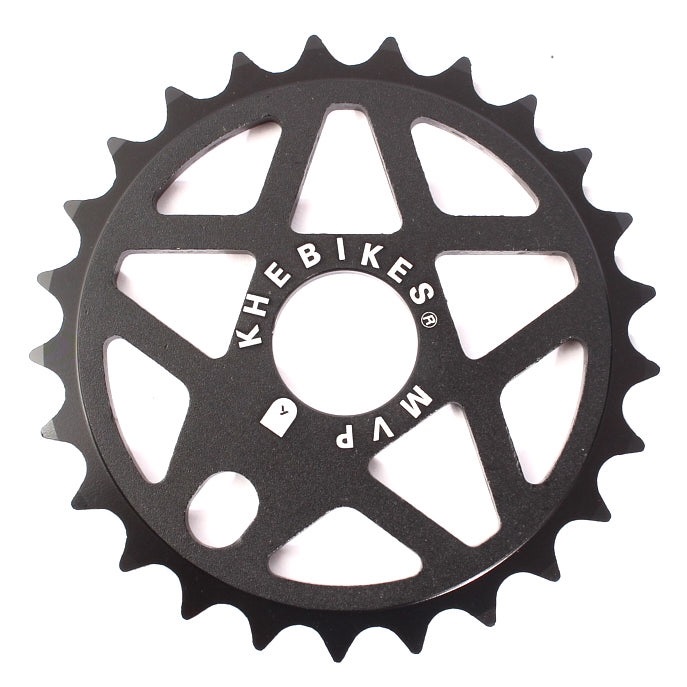
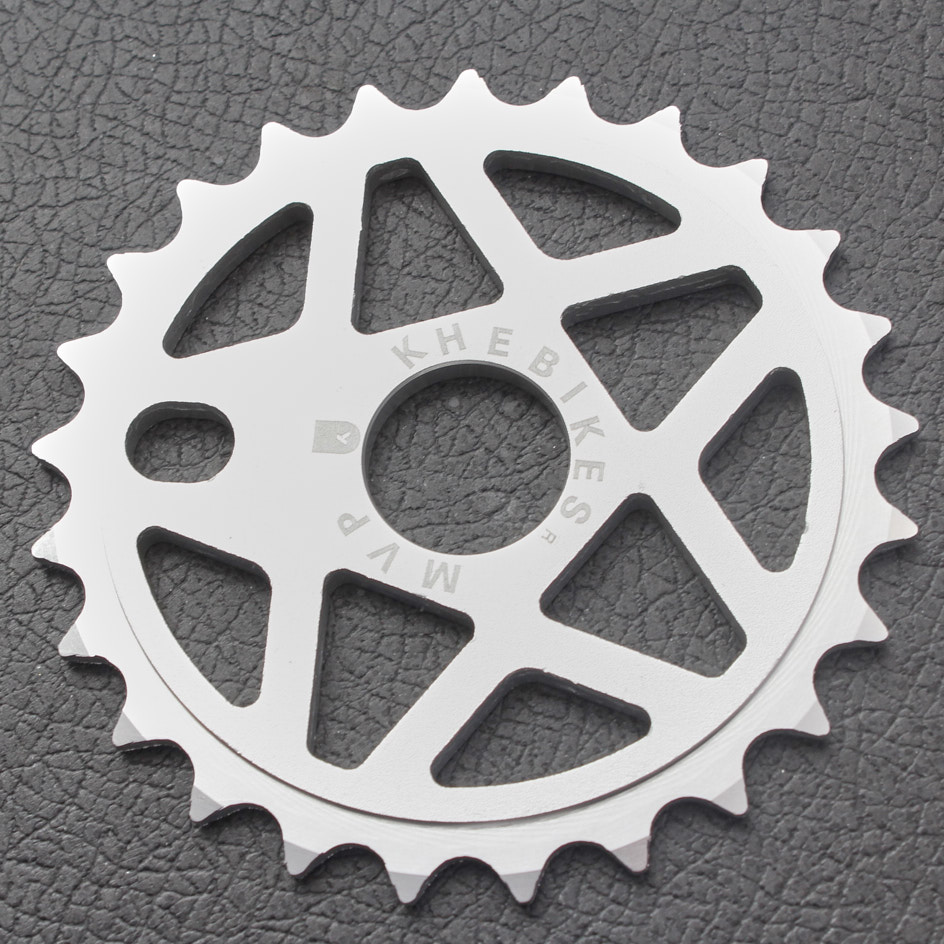
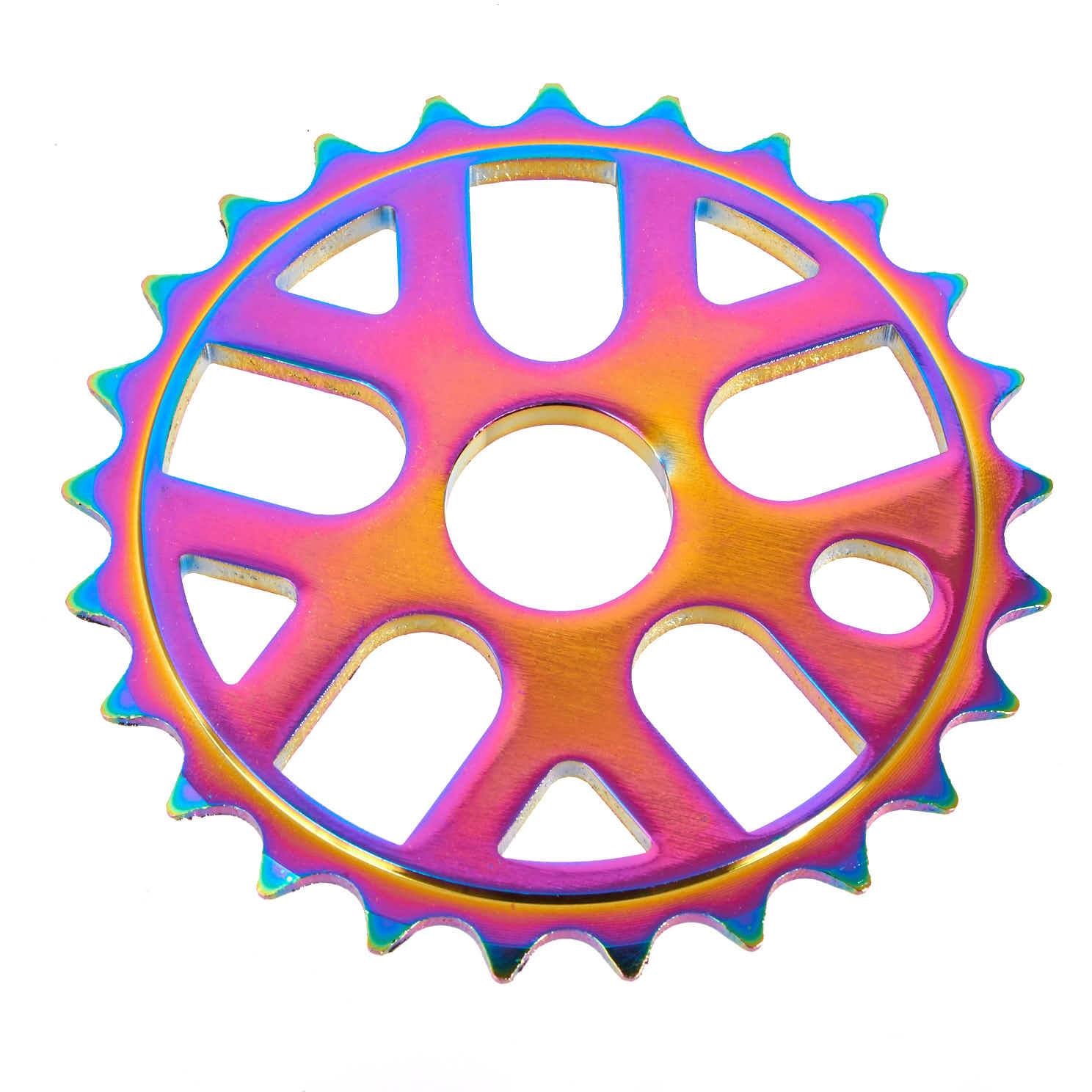
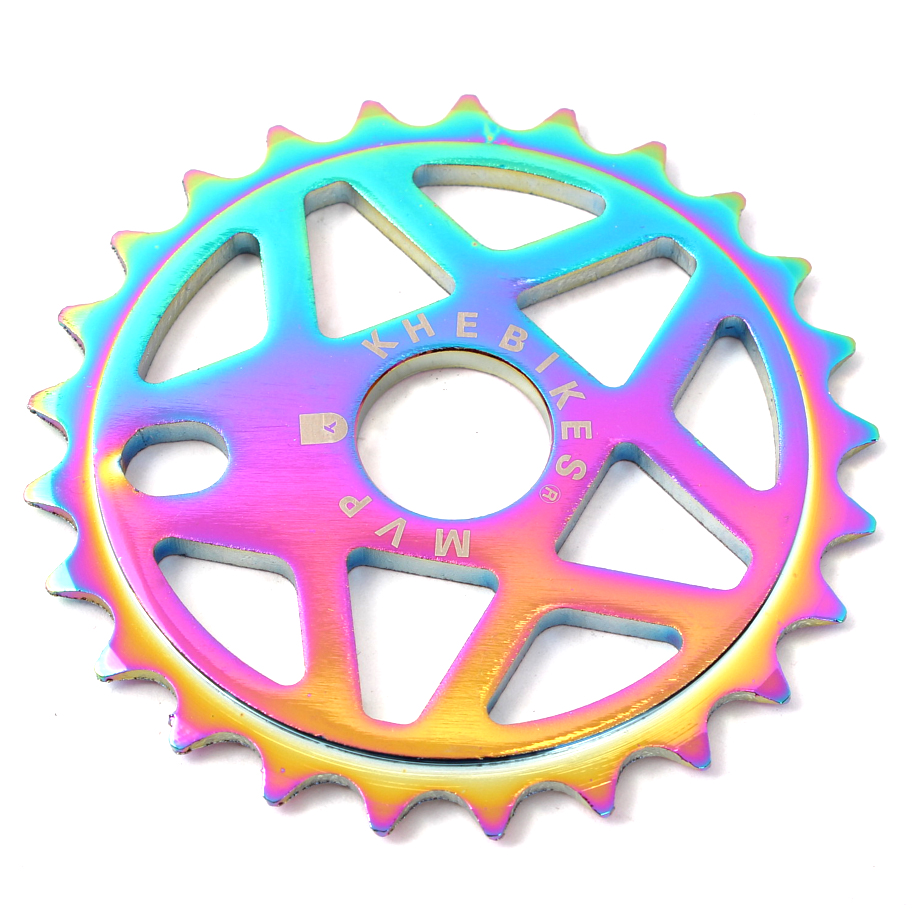

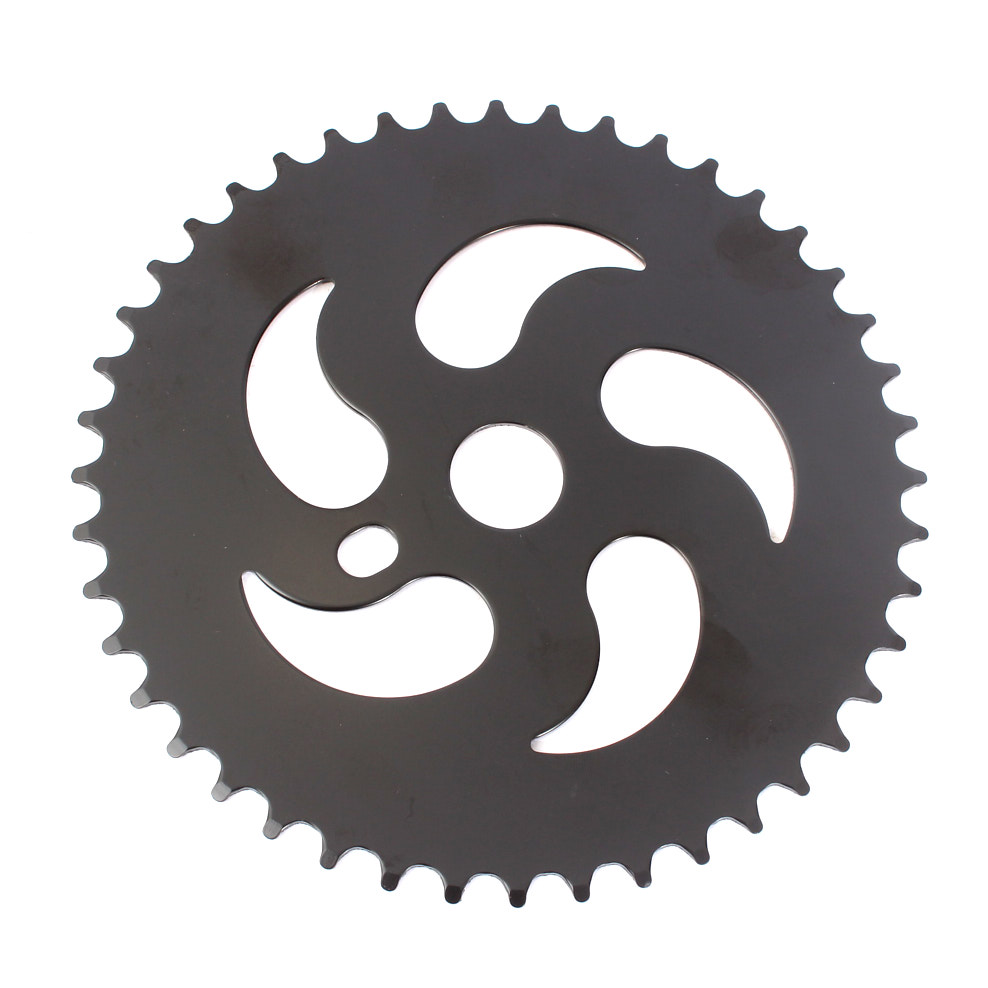

Very friendly and very helpful. I contacted them via email and received a prompt response with good advice and a purchase recommendation. I'd be happy to come back.